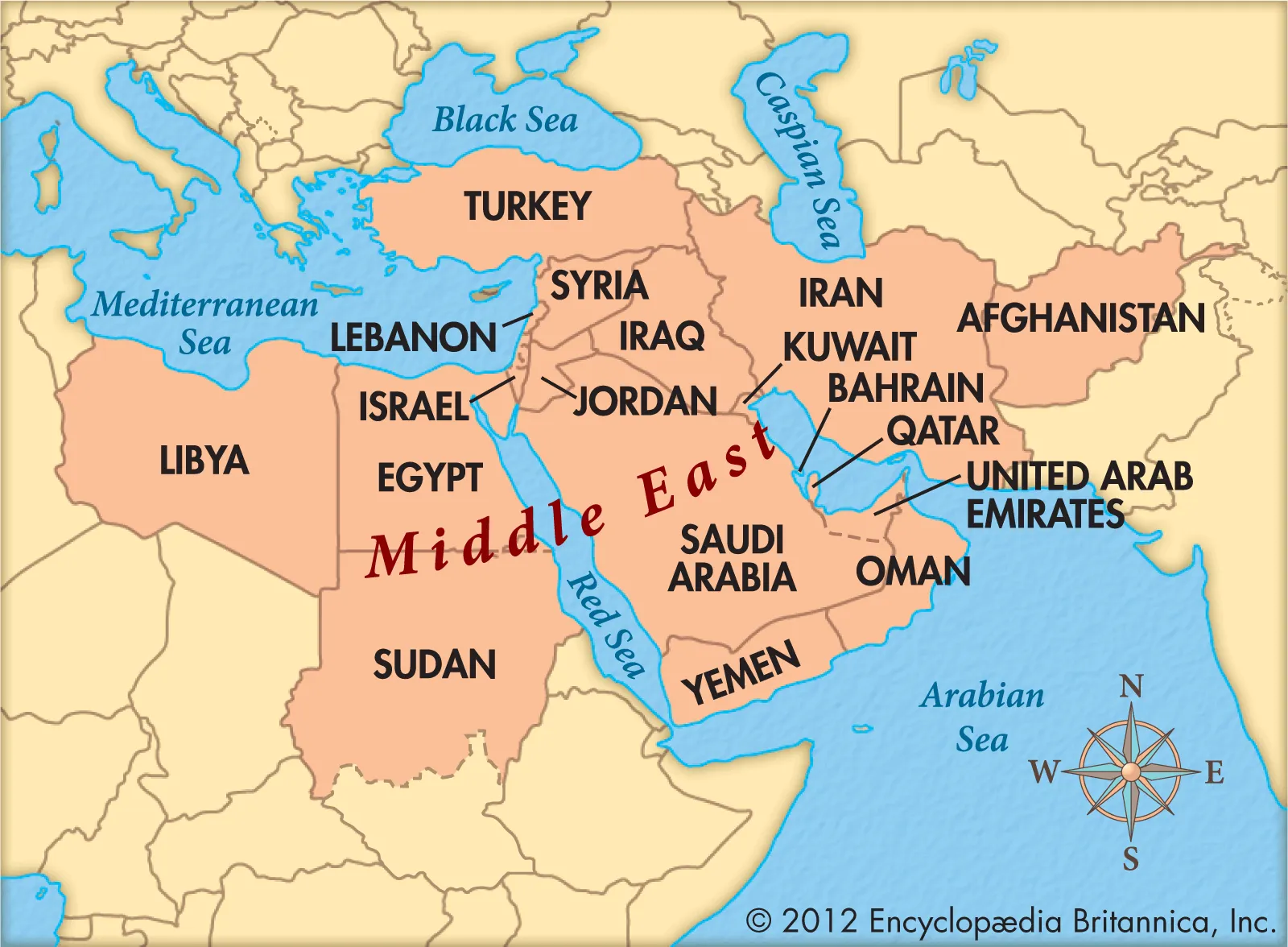- Home >
- Pop
- > Fashion Trends
Why Do People Eat Cereal with Milk?
Cereal with milk is a popular breakfast choice for many people around the world. This combination offers a convenient and tasty way to start the day. The practice of eating cereal with milk has a number of reasons behind it, including taste, texture, and nutrition. When cereal is paired with milk, it creates a delightful balance of flavors and a satisfying meal that is quick and easy to prepare.

The Tradition of Cereal and Milk
Eating ''cereal with milk'' has become a staple breakfast choice for many people around the world. This simple combination offers a quick, nutritious meal that caters to various dietary preferences. But what makes this duo so appealing? Let’s dive into the reasons behind this beloved tradition.
Nutritional Benefits
One of the primary reasons people opt for ''cereal with milk'' is the nutritional benefits it provides. Cereal often contains essential vitamins and minerals, while milk is a rich source of calcium and protein. Together, they create a balanced breakfast that can fuel your day. Below is a breakdown of the nutritional components:
| Nutrient | Cereal (1 cup) | Milk (1 cup) |
|---|---|---|
| Calories | 120 | 150 |
| Protein (g) | 3 | 8 |
| Carbohydrates (g) | 28 | 12 |
| Calcium (%) | 0 | 30 |
This table illustrates how ''combining cereal with milk'' not only enhances flavor but also boosts the nutritional profile of a meal.
Convenience and Versatility
Another reason for the popularity of ''cereal with milk'' is its convenience. In today’s fast-paced society, many individuals seek quick breakfast options that require minimal preparation. Cereal can be poured directly from the box, and milk can be added in seconds, making it an ideal choice for busy mornings.
Moreover, the versatility of ''cereal'' allows for countless variations. From granola to puffed rice, the options are endless. People can also customize their bowls by adding fruits, nuts, or sweeteners, tailoring their breakfast to their personal taste and nutritional needs.
Cultural Factors
The cultural significance of ''cereal with milk'' cannot be overlooked. For many, this combination evokes memories of childhood and family breakfast routines. In the United States, commercials and advertisements have further solidified this pairing as a quintessential breakfast choice. The marketing of various cereal brands has made this combination a cultural icon. Here is a visual representation of the popularity of cereal brands:
| Cereal Brand | Market Share (%) |
|---|---|
| Kellogg’s | 32 |
| General Mills | 25 |
| Post Consumer Brands | 18 |
| Quaker Oats | 10 |
| Others | 15 |
This chart highlights the competitive landscape of the cereal market, showing how certain brands dominate and contribute to the prevalence of ''cereal with milk'' in households.
Health Considerations
While ''cereal with milk'' offers several benefits, it’s important to consider health implications as well. Some cereals can be high in sugar, which may lead to spikes in blood sugar levels. Therefore, consumers should opt for whole grain and low-sugar varieties to maximize health benefits. Additionally, those who are lactose intolerant or allergic to dairy can explore alternatives such as almond milk, oat milk, or soy milk, allowing them to enjoy this classic combination without discomfort.
Here’s a quick overview of healthier cereal options:
| Cereal Type | Key Features |
|---|---|
| Whole Grain Cereal | High in fiber, low in sugar |
| Granola | Contains nuts and fruits, energy-dense |
| Oatmeal | Rich in soluble fiber, heart-healthy |
Conclusion
In summary, the practice of eating ''cereal with milk'' is more than just a breakfast choice; it’s a blend of nutritional value, convenience, cultural significance, and variety. As people continue to seek quick and healthy meal options, this classic pairing will likely remain a popular choice for years to come. Whether enjoyed by children or adults, ''cereal with milk'' offers a comforting and satisfying start to the day.












